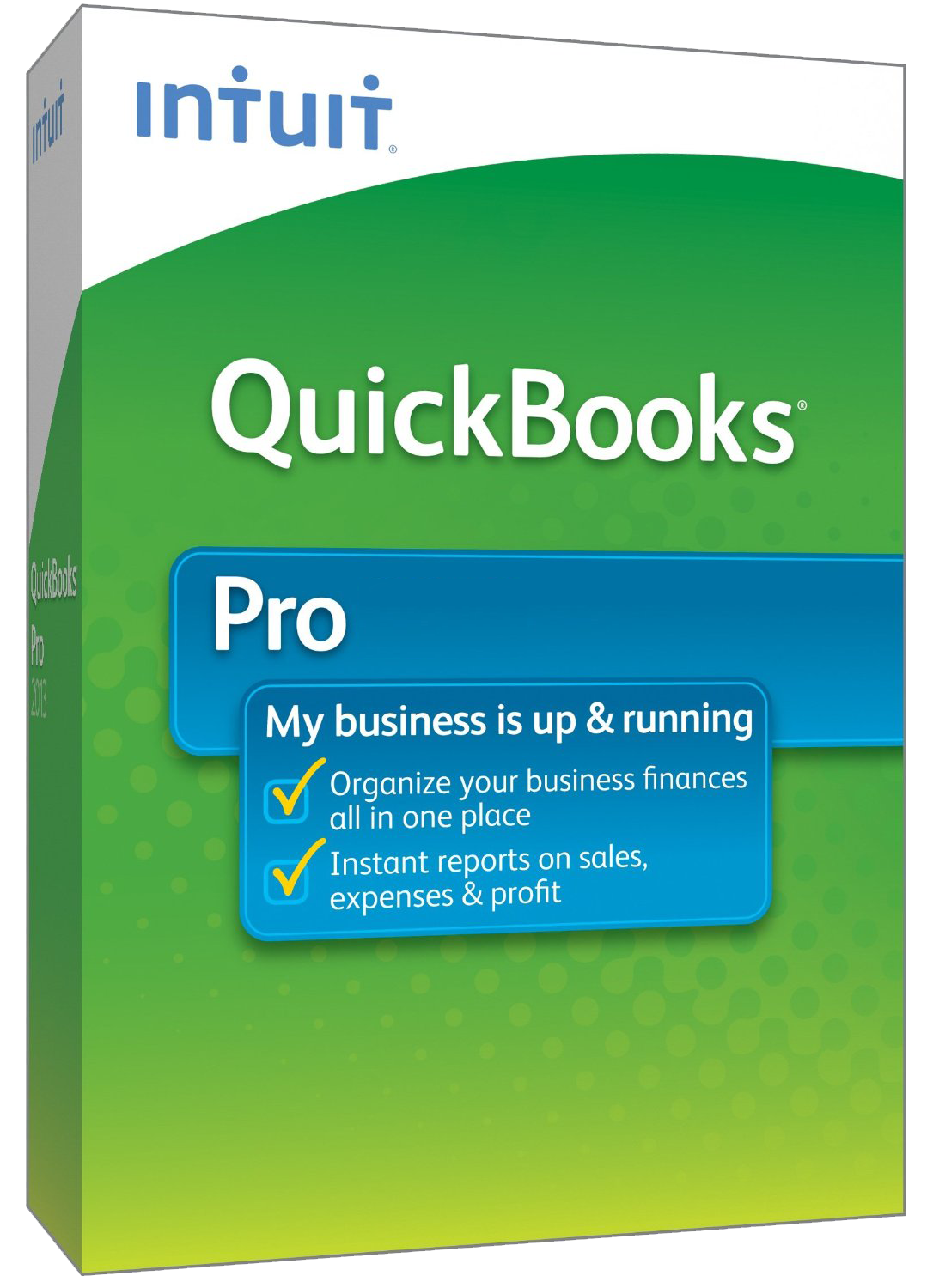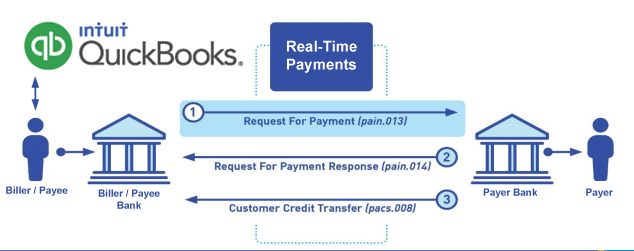QuickBooks® RTP Aging
The Best Solution for RTP® Aging in QuickBooks®
Today Payments is an Authorized Developer of Intuit offering a highly robust app that supports both QuickBooks’ desktop and online customers, provide merchants with the tools they need so they can focus more time on their customers and businesses, and less time on data entry. "Our Integrated payment solutions can save a typical small business owner more than 180 hours each year"
"Our Integrated payment solutions can save a typical small business owner more than 180 hours each year"See
the features
QuickBooks® ACH, Cards, FedNow and Real-Time Payments
- Payment processing for all QuickBooks desktop, Pro, Premier, Enterprise and also QBO QuickBooks Online Our software is designed for simplicity and ease-of-use.


- ~ Automate Account Receivable Collection
- ~ Automate Account Payable Payments
- ~ One-time and Recurring Debits / Credits
Secure QB Plugin payment processing through QuickBooks ® specializes in the origination of moving money electronically.
Ask about our special:
Request for Payments
Managing Real-Time Payments (RTP) aging using spreadsheets in Excel and Google Sheets, with synchronization into QuickBooks Online (QBO), requires careful organization and systematic tracking. Here are steps to help you establish an efficient process:
1. Organize Your Spreadsheet:
- Create separate sheets or sections for RTP transactions, clearly distinguishing between incoming and outgoing payments.
- Use distinct columns for essential information like transaction date, amount, payer/payee details, and payment status.
2. Transaction Details:
- Include relevant transaction details such as transaction ID, payment reference, and any unique identifiers associated with RTP transactions.
3. Aging Categories:
- Implement aging categories (e.g., 0-30 days, 31-60 days, 61-90 days) based on the transaction date to track the aging of RTP transactions.
- Use conditional formatting to visually highlight aging categories.
4. Automatic Date Calculations:
- Utilize formulas in Excel and Google Sheets to automatically calculate the aging of RTP transactions based on the current date.
5. Status Indicators:
- Include status indicators to denote the current state of each RTP transaction (e.g., pending, completed, rejected).
- Use color-coded flags or symbols for quick visual identification.
6. Syncing with QuickBooks Online:
- Set up a systematic process for syncing your RTP spreadsheet data with QBO.
- Leverage QBO import tools or APIs to ensure accurate and timely data transfer.
7. Regular Updates:
- Regularly update your spreadsheet with new RTP transactions and ensure that existing entries are accurate.
- Schedule periodic reviews to catch any discrepancies or errors.
8. Automation:
- Explore automation options to streamline data entry and syncing processes.
- Consider using scripts or third-party tools that integrate with Excel, Google Sheets, and QBO.
9. Data Validation:
- Implement data validation rules to prevent errors in data entry. This helps maintain accuracy in your aging analysis.
10. Backup:
- Regularly backup your spreadsheet to prevent data loss.
- Consider using version control to track changes and revert to previous versions if needed.
11. Documentation:
- Document the procedures and criteria used for aging calculations, syncing, and any other relevant processes.
- This documentation serves as a reference for users and can be useful for training.
12. Training:
- Provide training to users involved in managing the spreadsheet and syncing data with QBO.
- Ensure they understand the aging categories, status indicators, and any specific procedures.
13. Security Measures:
- Implement security measures to restrict access to sensitive financial data in your spreadsheet.
- Define user permissions to control who can edit, view, or sync data.
By implementing these steps, you can effectively manage Real-Time Payments aging using Excel and Google Sheets, with seamless synchronization into QuickBooks Online. Regular maintenance, documentation, and training are crucial for maintaining accuracy and efficiency in your financial processes.

Call us, the .csv and or .xml Request for Payment (RfP) file you need while on your 1st phone call! We guarantee our reports work to your Bank and Credit Union. We were years ahead of competitors recognizing the benefits of RequestForPayment.com. We are not a Bank. Our function as a role as an "Accounting System" in Open Banking with Real-Time Payments to work with Billers to create the Request for Payment to upload the Biller's Bank online platform. U.S. Companies need help to learn the RfP message delivering their bank. Today Payments' ISO 20022 Payment Initiation (PAIN .013) show how to implement Create Real-Time Payments Request for Payment File up front delivering message from the Creditor (Payee) to it's bank. Most banks (FIs) will deliver the message Import and Batch files for their company depositors for both FedNow and Real-Time Payments (RtP). Once uploaded correctly, the Creditor's (Payee's) bank continuing through a "Payment Hub", will be the RtP Hub will be The Clearing House, with messaging to the Debtor's (Payer's) bank.
Our in-house QuickBooks payments experts are standing ready to help you make an informed decision to move your company's payment processing forward.
Pricing with our Request For Payment Professionals

1) Free ISO 20022 Request for Payment File Formats, for FedNow and Real-Time Payments (The Clearing House) .pdf for you manually create "Mandatory" (Mandatory data for completed file) fields, start at page 4, with "yellow" highlighting. $0.0 + No Support
2) We create .csv or .xml formatting using your Bank or Credit Union. Create Multiple Templates. Payer/Customer Routing Transit and Deposit Account Number may be required to import with your bank. You can upload or "key data" into our software for File Creation of "Mandatory" general file.
Fees = $57 monthly, including Support Fees and Batch Fee, Monthly Fee, User Fee, Additional Payment Method on "Hosted Payment Page" (Request for file with an HTML link per transaction to "Hosted Payment Page" with ancillary payment methods of FedNow, RTP, ACH, Cards and many more!) + $.03 per Transaction + 1% percentage on gross dollar file,
3) Payer Routing Transit and Deposit Account Number is NOT required to import with your bank. We add your URI for each separate Payer transaction.
Fees Above 2) plus $29 monthly additional QuickBooks Online "QBO" formatting, and "Hosted Payment Page" and WYSIWYG
4) Above 3) plus Create "Total" (over 600 Mandatory, Conditional & Optional fields of all ISO 20022 Pain .013) Price on quote.
